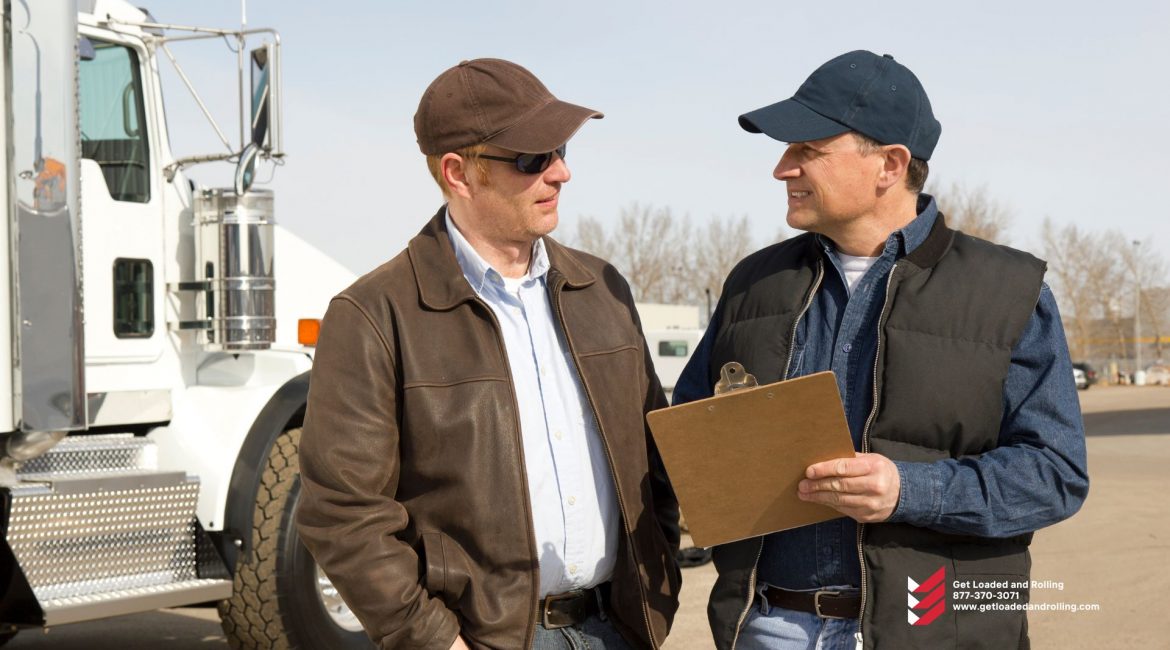Trucker hats have been a part of American society since they were introduced as promotional freebies by firms such as John Deere in the 1960s.
According to an Acme Hat Co. blog article, the style grew popular with everyone from truckers to farmers and other rural employees who obtained them for free adorned with logos from haulage and U.S. feed and farming supply companies.
Trucker hats, which have a broad front and adjustable plastic mesh at the rear, were less expensive to make than baseball caps and fit practically everyone.
Trucker hats were inspired by older brimmed hats including jockey caps, military “pillbox” caps, and fedoras. According to a Vogue Magazine article about the history of ball caps, truckers frequently wore a sort of peaked cap known as a mechanic’s cap from the 1930s through the 1950s.
Some argue that the popularity of broadcast sports and TV shows in the 1960s and 1970s aided in the acceptance of baseball and trucker hats as everyday wear. According to Spiff Magazine, many consider actor Tom Selleck’s regular wearing of a Detroit Tigers baseball cap in the 1980s TV series “Magnum, P.I.” to be a watershed moment for men’s headwear.
According to a 2003 New York Times story, trucker hats received a boost in recent years from Hollywood star Ashton Kutcher, renowned for “That ’70s Show” and MTV’s “Punk’d,” who donned trucker hats on practically every episode of each show.
Trucker hats were also popular in the early 2000s thanks to the Von Dutch clothing line. Its trucker hats, which range in price from $40 to $125, became famous for covering the heads of celebrities such as Paris Hilton, Jay-Z, and Britney Spears, according to The Daily Beast.
Trucker hats are almost mainly worn by working-class truckers and farmers today, while they are also sported by hipsters and fashionistas. While more expensive versions may suggest status, the trucker hat’s affordability, as well as its use in combati
